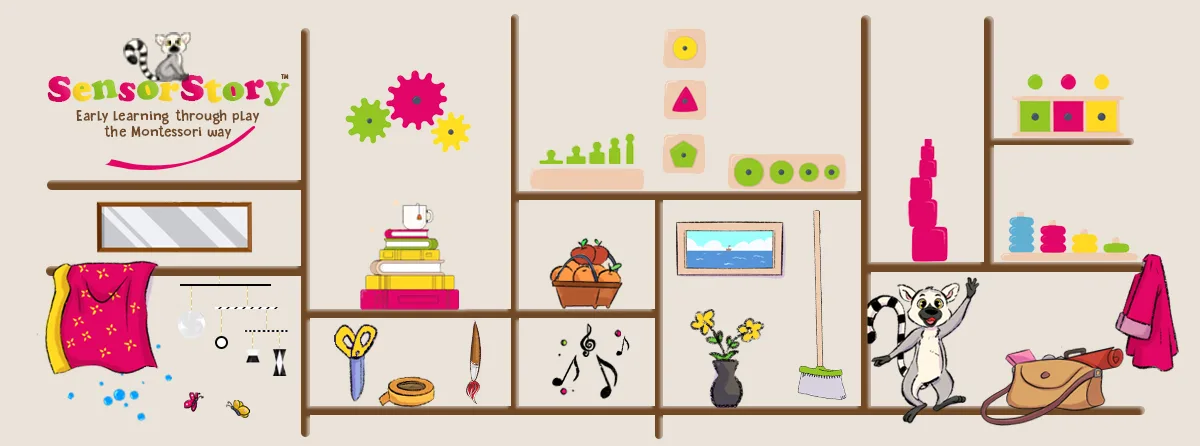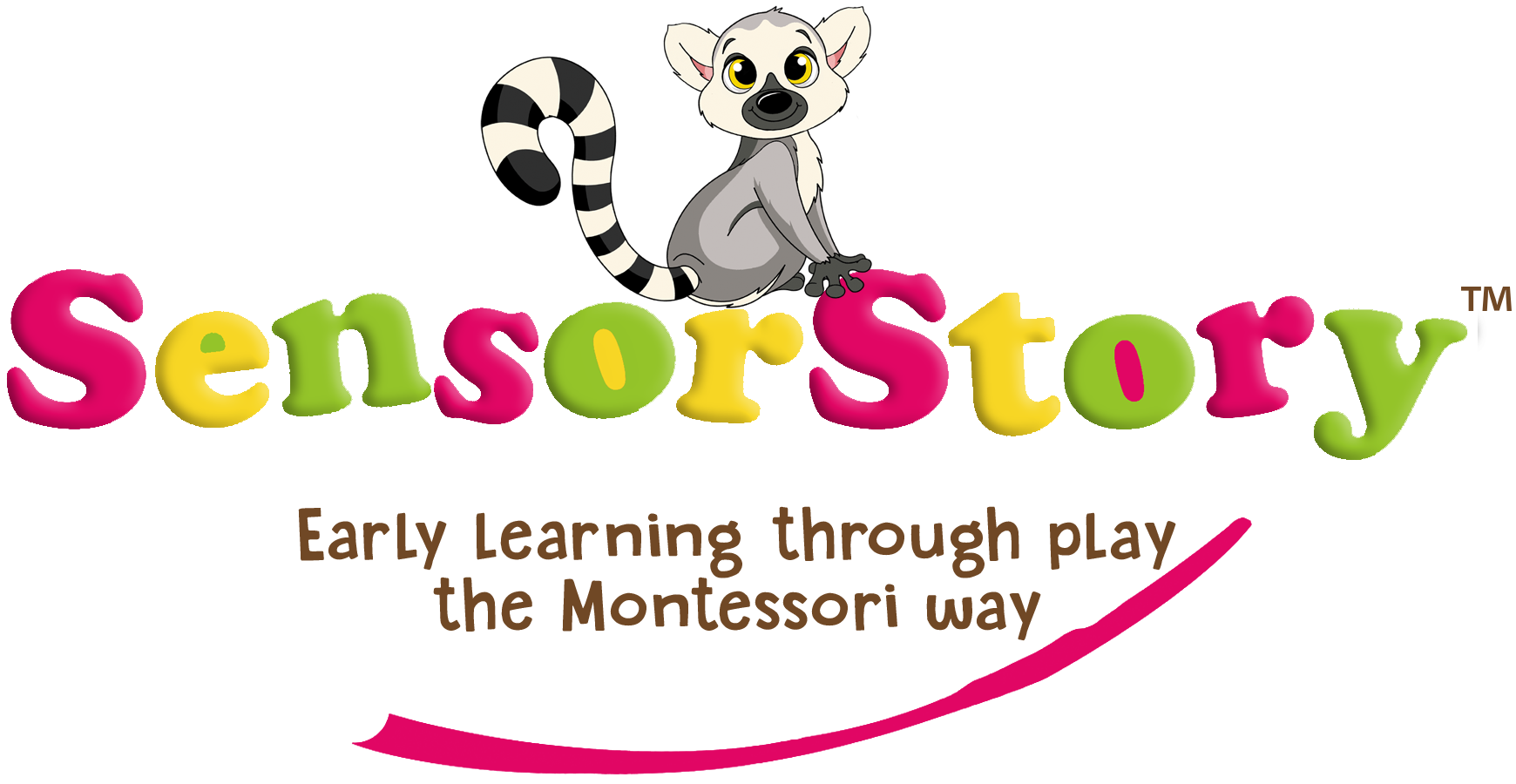We've put together a detailed list of at-home Montessori-aligned activities suitable for a newborn.
Here you will see age-appropriate activities for all areas, in our Ultimate Series Of Activities to try at home, where the emphasis is on providing a prepared environment and allowing the child to actively engage in self-directed learning.
So what is my child working on mastering at this age?
Between the 0-3 month age, the primary focus is on the development of a secure attachment between the infant and caregiver. The emphasis is on meeting the basic needs of your baby, such as feeding, sleeping, and hygiene, in a responsive and loving manner. While specific skills aren't targeted for mastery at this early stage, your baby is laying the foundation for future development through sensory experiences, exploration of their environment, and the establishment of a trusting relationship with their caregiver.

1. Skin-to-Skin Bonding:
* Engage in skin-to-skin contact with your newborn during feeding and cuddle time.
* Cosy Blankets: Provide soft, cozy blankets for cuddling and bonding.
* Massage: Gently massage your newborn's body with oil to stimulate their touch and bonding with the caregiver.
* Allow your baby to feel the warmth and comfort of close physical contact.
* Use soft, gentle strokes during skin-to-skin time for sensory stimulation.
* Engage in gentle rocking or swaying motions while holding your baby.
* Soft Lovey: Introduce a soft lovey or security blanket for comfort.
* Consider creating a designated cuddle space with soft blankets for bonding time.
2. Soft Visual Stimulation:
* Soft Picture Cards: Use black and white picture cards with clear, simple images for visual stimulation.
* Use a visually stimulating black and white Montessori Munari mobile.
* Soft, Baby-Safe Mirror: Introduce a baby-safe mirror for your newborn to observe their own reflection.
3. Auditory Stimulation:
* Soft rattles: use soft rattles with gentle sounds for auditory exploration.
* Engage in soothing, rhythmic sounds or gentle singing during daily routines. Read our article on Singing And Newborns here.
* Play soft, calming music or lullabies during quiet moments.
* Speak to your baby in a soothing and melodic tone to establish familiarity with voices.
* Maintain a quiet and peaceful environment to support auditory comfort.
4. Sensory Exploration:
* Choose soft, breathable fabrics for your baby's clothing and bedding.
* Soft Fabric Squares: Provide a basket with different textured fabric squares for tactile exploration.
* Safe Natural Objects: Introduce a basket with safe, natural objects like fabric, soft brushes, or rattles.
* Provide soft, plush toys or loveys for gentle tactile exploration.
* Observation: Observe your newborn carefully and respectfully, without interrupting or distracting them, to learn about their needs, interests, and preferences.
5. Reading and Storytelling:
* Soft Cloth Books: Choose soft, cloth books with high-contrast images and simple patterns.
* Touch-and-Feel Books: Introduce books with different textures for tactile exploration.
* Soft Storytelling: Engage in soft, rhythmic storytelling during quiet moments.
6. Establish a Calming Routine:
* Maintain a calm and quiet environment during nighttime routines to promote a sence of saftey around sleep.
* Establish a predictable daily routine to create a sense of security.
7. Encourage Gentle Grasping:
- Allow the baby to grasp onto your finger or a soft, baby-safe object.
- Provide soft, graspable toys for your baby to hold during supervised moments.
- Encourage gentle hand movements and exploration.
8. Responsive Interaction:
* Respond promptly and respectfully to baby's cues, including cries and coos.
* Care moments: Treat every care moment, such as changing, bathing, or dressing your newborn, as an opportunity to communicate and interact with them, using gentle and respectful language and actions.
* Engage in eye contact and facial expressions during interactions.
* Talk softly to the baby, describing activities and surroundings for language exposure.
9. Nature and Outdoor Exposure:
* If weather permits, take short walks outside with your newborn to experience natural elements.
* Introduce safe, natural objects like a soft leaf or fabric flower for sensory exploration.
10. Maintain a Calm Environment:
* Keep the environment calm and free from excessive stimulation.
* Use soft, natural lighting during nighttime routines to promote a peaceful atmosphere.
* 'Follow the child': observe baby's cues and adjust the environment accordingly.
11. The Whole Child Development:
* Attend our weekly SensorStory Baby and Toddler Montessori parent-child sensory classes! Follow this link to enrol your infant here.
We hope we have given you some inpiration for activities to do with your newborn!
Remember, follow the child; adapting activities based on your observation of baby's developmental stage and individual interests.
Disclaimer: Adult supervision is required for any activity suggested by SensorStory. Please follow any directions and/or warnings on the labels(s) of any materials used during such activity & be aware of any potential choking hazards or allergies.
Click here to see our
Activities To Do With A 2 Month Old
FAQ.
